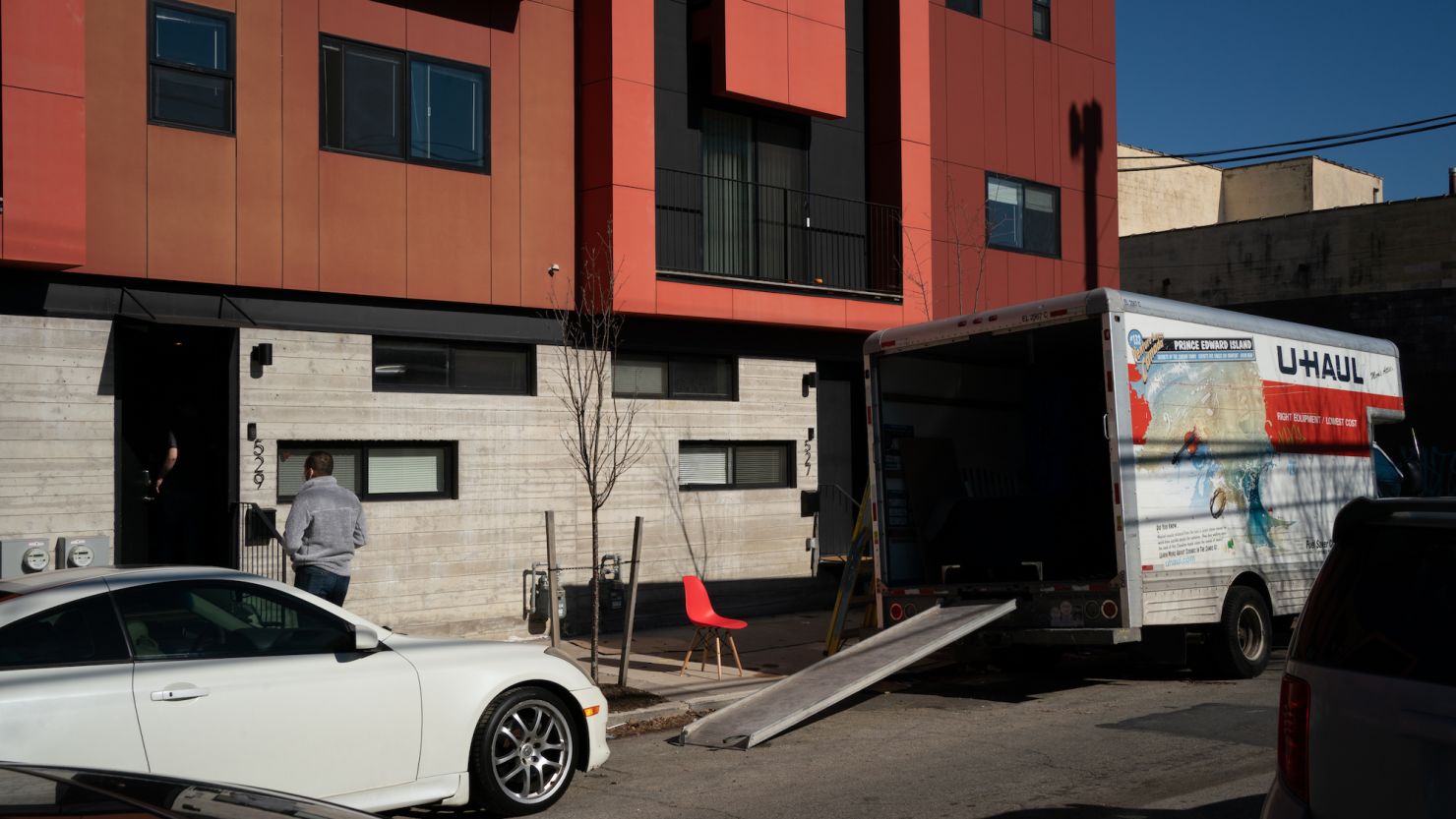Editor’s Note: Justin Gest is an associate professor at George Mason University’s Schar School of Policy and Government. He is the author of six books on the politics of immigration and demographic change including, most recently, “Majority Minority.” The views expressed here are his own. View more opinion on CNN.
The pandemic was life-altering. Politically, it may have also been map-altering.

One of the reasons Republicans have managed Electoral College victories and congressional majorities while losing the national popular vote so frequently over the last two decades is that Democrats are inefficiently distributed across the country’s electoral districts. Liberals have been concentrated in America’s cities, uselessly driving up their margins in coastal metropoles at the expense of their chances in more competitive suburbs or swing states.
But the lockdowns associated with the spread of coronavirus drove urban professionals who are able to work remotely – disproportionately Democrats – to seek more space or recreational amenities elsewhere.
According to an analysis of US Postal Service data, total internal migration only marginally increased in 2020 from 2019 levels. But given the initially dismal pandemic job market, it is likely that the people who did move were those who kept their jobs and worked remotely or those who lost their jobs and downsized to cheaper regions. The biggest increases in permanent moves during the pandemic were in March 2020 and December 2020, when about 300,000 more moves took place than a year prior.
According to the US Census Bureau, the country’s top 12 fastest-growing regions and those with the largest population increases since 2019 are almost exclusively in Arizona, Florida, Nevada and Texas – all of which feature hotly contested electoral contests every two years.
Meanwhile, the regions that experienced the greatest losses since 2019 are some of the most disproportionately Democratic cities in America – New York, Los Angeles, Chicago, Honolulu, Silicon Valley. The national map is remarkably tilted.
Normally, political parties neutralize such population shifts by accounting for them when they redraw electoral districts to their advantage every ten years. But the 2020 data that might have otherwise revealed this “blue flight” was collected before all this mobility took place. Partisan gerrymanderers, therefore, worked with outdated data to draw the maps in use for the 2022 elections.
Effectively invisible, pandemic-era mobility is a 2022 midterm wild card.
Outstanding questions persist. How many of the remote workers have returned to their previous places of residence? Were so many of the pandemic movers really Democrats? If so, have they even registered to vote in their new homes? Given their differences in values, would Democrats be willing to live in Republican-leaning regions?
An Ipsos/Axios poll from last summer revealed that Democrats thinking about moving to another state are about twice as likely to consider blue states than red or swing states, and Republicans’ preference for red states over the alternatives is even more pronounced. This follows decades of growing partisan segregation.
But this trend wouldn’t preclude urban Millennials from continuing to move to the suburbs of cities where they already live, many of which were already trending blue. Upticks in 2022 voter registration have already been reported in suburban counties of Georgia, Florida and New York.
To be clear, political headwinds also confront Democrats. The party recently voted out of power – in this case, Republicans in 2020 – historically wins seats in midterm elections, especially amidst inflationary pressures and a slowing economy. And up until the Supreme Court released its decision to revoke abortion rights in the landmark Dobbs v. Jackson Women’s Health Organization case, election observers noted a clear Republican advantage in new voter registrations. And so the pandemic’s demographic sorting effects may be offset.
Still, some of the tightest House electoral districts involve the suburbs of Albuquerque, Charlotte, Denver, Portland and Tucson. Some of the tightest Senate races are in Sun Belt pandemic destinations like Arizona, Georgia and Nevada. And the most competitive gubernatorial races are in Arizona, Nevada and Oregon. Forecasters don’t know what to expect.
Should Republicans win these races, it would suggest that pandemic movers were spread too thin to affect competitive districts, that they did not vote or that they returned to their original electoral districts after only temporary moves. US Postal Service data, however, suggests that temporary moves comprise a fraction of pandemic mobility.
But should Democrats outperform their expectations, election analysts will take years before they can determine whether their margins were helped by pandemic-era mobility. Much like the coronavirus itself, it’s nearly invisible.





